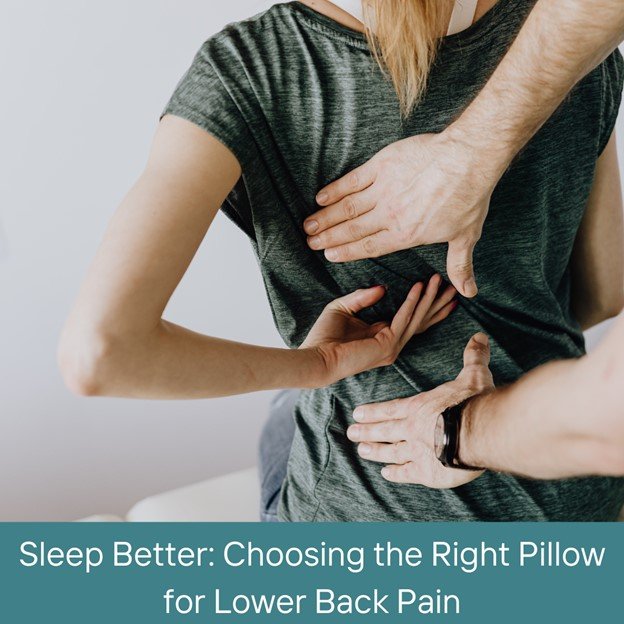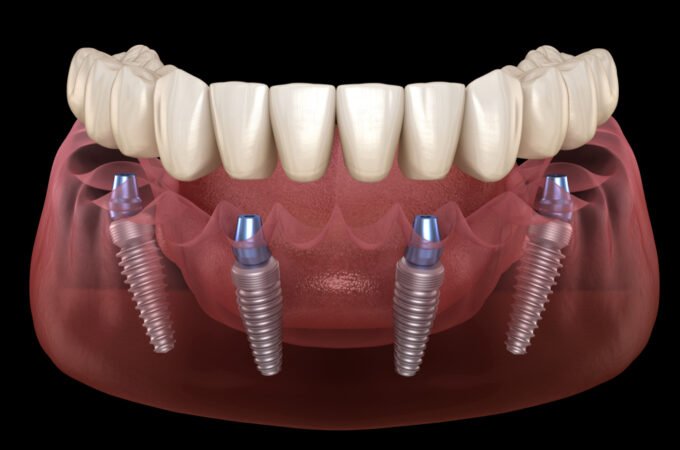
Sleep Better: Choosing the Right Pillow for Lower Back Pain
Back pain is an all-too-common affliction, with an estimated 80% of adults experiencing symptoms at some point in their lives. For sufferers of lower back pain, a restful night’s sleep can feel out of reach.
However, selecting the right pillow can make a significant difference. Read on to learn how choosing a pillow specifically designed for lower back pain can help restore your comfort and sleep quality.
The Connection Between Sleep and Lower Back Pain
The relationship between back pain and sleep is complex. Back pain sufferers often find themselves trapped in a vicious cycle. The pain disrupts sleep, and the resulting fatigue then exacerbates the pain. To understand how to alleviate back pain during sleep, we must first examine this complex relationship in more detail.
How spinal alignment impacts back pain during sleep:
- Your spinal alignment is crucial while you sleep. Poor sleeping posture can strain the spine’s muscles and joints.
- When your spine is misaligned or unsupported in bed, it can directly cause or worsen lower back pain symptoms.
- The spine’s natural curves help absorb shock and reduce pressure. But in certain positions, gravity can flatten the curves, overstretching tissues.
- This strained alignment stresses muscles and compresses joints, leading to inflammation and pain.

How poor sleep quality can make back pain worse:
- Discomfort and pain resulting from spinal misalignment lead to restlessness, tossing, and disrupted sleep.
- Insufficient, low-quality sleep fails to rejuvenate the body, contributing to fatigue.
- This cumulative sleep deprivation leads to heightened pain sensitivity and reduced pain tolerance.
- Studies show links between sleep disturbances and exacerbated chronic back pain. It becomes a vicious cycle.
How the right pillow helps:
- A pillow that provides proper support to your head and neck helps maintain spinal alignment.
- This alleviates gravity-related pressure and strain to reduce pain triggers.
- Proper alignment also allows you to fully relax muscles and reach deeper sleep stages.
- Quality sleep further promotes tissue healing and natural pain relief, thus breaking the cycle.
There are several pillows designed for specific cases, like neck pain. In this case, the best pillow for lower back pain can help your spine alignment which results in restorative sleep. With quality rest, you can live a productive, healthy, and fulfilling life.
The Science Behind the Right Pillow

To find your best pillow for relieving back pain, it helps to understand the basic anatomy and support needs of the spine:
- The S-shaped curve of the natural spine has three points: the cervix (neck), thorax (middle back), and pelvis (lower back).
- This curvature keeps the spine in place, absorbs shock, and stabilizes the body.
- The cervix and pelvis should be supported with a pillow to maintain proper alignment.
- Filling the space between your head/neck and the mattress reduces asymmetry.
Your pillow should be in line with the curve of your neck, keeping your head level with the rest of your spine. This provides support where needed without cranking in the neck or wrapping around the back. The best pillow adjusts to your body. It keeps your spine out of alignment and numbs pressure points.
Pillows for Back Pain
With those spine-supporting principles in mind, let’s delve into the popular set of pillows. These are specially designed to reduce back pain:
Memory Foam Pillows
Memory foam contours perfectly to the shape of your head and neck to promote proper spinal alignment.
Key benefits:
- Customizable loft, height, and firmness for personalization
- Moldability provides pressure relief for joints
- Retains its shape even with body impressions
- Hypoallergenic and dust mite resistant
Potential drawbacks:
- Heat retention can cause overheating for some
- Initial off-gassing odor during first days of use
Lumbar Support Pillows
These cylindrical or wedge-shaped pillows are designed to fill the space between your lower back and the mattress.
Key benefits:
- Bolsters the lumbar curve to provide enhanced support
- Highly adjustable and customizable placement
- Portable and versatile for use in cars, offices, etc.
Things to consider:
- Not intended for full body or head/neck support
- Needs a soft enough mattress to avoid excessive rigidity
- Can shift during sleep if not properly secured
Contour Pillows
Featuring raised outer edges and a central dip, these pillows cradle your head and neck in alignment.
Key advantages:
- Maintains the neck’s cervical curve and promotes spinal alignment
- Comfortable for side sleepers with an indented headrest
- Adjustable central dips allow customization
Potential disadvantages:
- An edge or dip that’s too high can overextend the neck
- The fixed shape may not accommodate all sleeping positions
- Needs regular fluffing to retain shape and loft

Factors to Consider When Choosing a Pillow
Along with pillow type, consider these individual factors for optimal back pain relief:
- Your sleep position – side, back, and stomach sleepers have different needs
- Your mattress firmness – soft mattresses pair best with thicker pillows
- Personal preferences like height, shape, material, and adjustability
- Regular pillow replacement every 12-18 months as they lose loft
Additional Tips to Relieve Back Pain While Sleeping
While the right pillow is important, other sleep options can be more comfortable:
- Prioritize a quality, supportive mattress–replace a sagging mattress
- Establish good sleep as a routine
- Try heat therapy or ice packs to relax your muscles
- Consider using other back support devices, like knee pillows
Pillows alone can’t completely cure back pain. But when combined with targeted alleviation strategies, the right pillow can help reduce aches and pains. It will provide a great recovery break.
Frequently Asked Questions
Question 1: Can a pillow alone prevent my back pain?
Answer 1: Support pillows can greatly reduce discomfort. However, completely managing back pain often requires a multifaceted approach. This includes targeted exercise, lifestyle modifications, and treatment options. A pillow can help manage the symptoms but may not address the root cause.
Question 2: How often should I change the pillow for proper support?
Answer 2: Most experts recommend changing pillows every 1-2 years. Beyond this timeframe, they lose their original shape and support. However, the appropriate frequency of replacement may vary depending on the pillow’s materials, type, and application.
Question 3: Are there any exercises or stretches that can add to the benefits of a good pillow?
Answer 3: Yes, certain exercises and stretches that strengthen the back and core muscles can improve spinal health and posture. When combined with proper pillow support, a regular exercise program can significantly reduce back pain and discomfort. Consult your healthcare provider for safe and effective exercises tailored to your needs.
Takeaway
Choosing the best pillow is a great investment in spinal comfort and rejuvenating sleep for those with back pain. Take the time to research pillow types and materials that match your sleeping position, mattress, and personal preferences. Choosing the right pillow to support your spine during rest can help you wake up feeling refreshed and relaxed.




